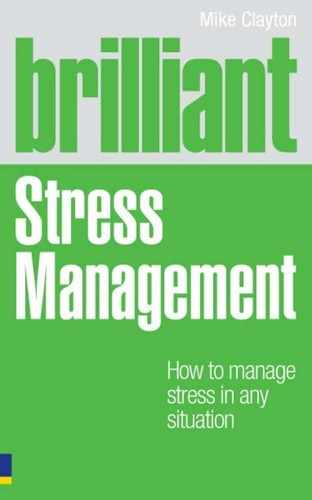Manage stress caused by conflict 175
Seven-step process for resolving conflict
De-escalation starts with a commitment to respect the other
person, and then working to build an understanding of them and
their needs. You will need to work together to clarify each other’s
issues and positions, and separate them from your genuine
needs, so that you can then start to explore possible solutions.
When you choose one solution, you have the basis for a resolu-
tion and you can create a plan to move forward. This section
gives a seven-step process for resolving conict.
Step 1: Make the choice to engage positively
The rst step is to acknowledge for yourself that conict exists
and decide that you will respect the other person. In your mind,
separate the person from the problem – their behaviour might
be appalling, but respect them even if you cannot respect how
they handle themself.
In the SCOPE process (Chapter 5), this step corresponds to Stop.
Step 2: Make contact
Contact the other person and declare the breakdown in good
communication and state your commitment to a process
of resolving the dispute. Seek their commitment in return.
Recognise that it may be hard for each of you, but offer your
willingness to enter the process with an open mind.
Step 3: Appreciate the courage that the other party is
showing
Be prepared to listen rst and encourage honesty by respecting
that whatever you hear, no matter how uncomfortable, it is what
the other person thinks and feels. You may not agree, but it is
their truth, so respect it. Demonstrate empathy for their feelings
and show that you are prepared to work hard to understand their
position.

176 brilliant stress management
Step 4: Understand each other’s points of view
‘Seek rst to understand; then to be understood.’
Stephen Covey
Start to build rapport by listening hard (‘Listen more than you
speak’ is a good rule) and look for common ground – issues and
parts of issues that you both agree on. Share facts, feelings, per-
spectives, concerns and denitions, so that you can distinguish
facts from opinions, and issues from positions. When you truly
understand the other person’s point of view, you may realise you
have been wrong. If so, admit it straight away, apologise, and
move on. Put progress in resolving the conict ahead of your
pride.
In the SCOPE process, this step corresponds to Clarify.
At this stage, you may nd that the other person does not wish
to resolve the conict. It takes two to tango, so if this is the case,
your only option is to make clear your desire to resolve things
constructively, then courteously withdraw.
Step 5: Agree criteria for a resolution
What are your respective absolute requirements for a solu-
tion and what external pressures and time constraints are
you both subject to? Use these to gure out and share your
bottom-line criteria and, if they are wholly incompatible, you
may agree that resolution is impossible and look for a way
to coexist, without coming into conict: a form of strategic
avoidance.
When you have agreed your criteria, use them as a basis to
reiterate your respective commitments to what you are now
committed to do.
..................Content has been hidden....................
You can't read the all page of ebook, please click here login for view all page.
